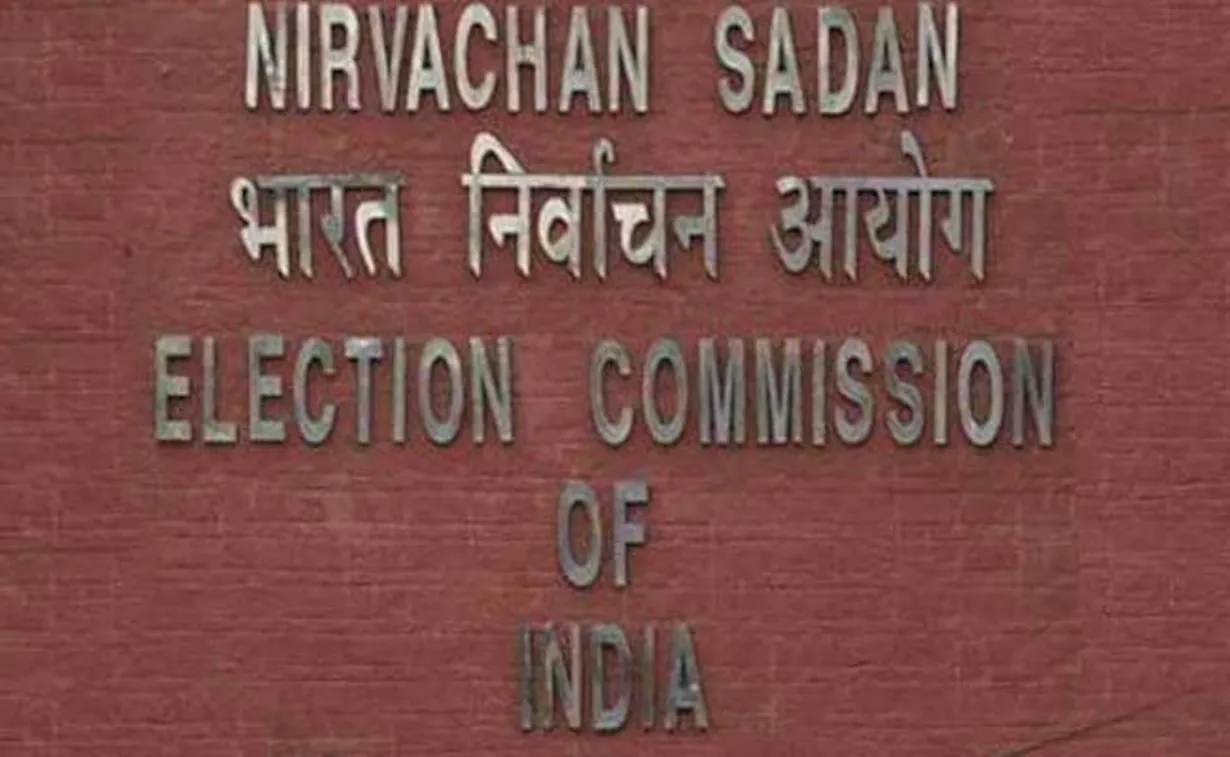Simultaneous elections: Sociological Theories of Power
September 22, 2023
Source: Drop the bad idea of simultaneous elections – The Hindu
Syllabus Mapping: Politics, Elections, Political Party
Introduction
On September 1, the Central government set up a panel headed by former President Ram Nath Kovind to explore the feasibility of the ‘one nation, one election’ (ONOE) plan. After the enforcement of the Constitution on January 26, 1950, the first-ever general elections to Lok Sabha and all State Assemblies were conducted simultaneously in 1951-1952. The practice continued into the three subsequent Lok Sabha elections until 1967, after which it was disrupted.
Simultaneous Elections in Sociological Perspective
Max Weber’s Constant Sum Theory of Power
- National and local governments have varying degrees of power and authority. When elections are synchronized, it can create a situation where one level of government gains power at the expense of the other. For example, if a political party wins a significant majority at the national level during simultaneous elections, it may gain more influence over local governments, potentially weakening the autonomy of local authorities.
- Simultaneous elections can be particularly challenging for minority or smaller political parties. The dominance of larger parties at the national level may overshadow local races, making it difficult for minority parties to gain a foothold in local governments. This can lead to a concentration of power in the hands of a few dominant parties.
- If a ruling party anticipates a strong performance at the national level, it may choose to synchronize elections to capitalize on the “coattail effect.” This means that a strong showing at the national level can positively influence voters’ decisions at the local level, potentially allowing the party to consolidate power across different levels of government.
Simultaneous elections and Power Elite Theory
- Simultaneous elections may provide a platform for these elites to collaborate and ensure that their preferred candidates or policies are elected at both national and local levels. This can be advantageous for elites as it allows them to coordinate their efforts and maintain their dominance more effectively. For example, corporate interests may align with political elites to support candidates who favor their policies at both national and local levels.
Simultaneous Elections and Parson’s Theory of Power
- According to Talcott Parsons’ theory of power, power is a generalized facility of resources in society, which is possessed by society as a whole . It is the capacity to mobilize the resources of society for the attainment of goals for which a public commitment has been made.
- So, simultaneous elections can be seen as a way to mobilize the resources of society more effectively and efficiently, by reducing the frequency and duration of election campaigns, minimizing the disruption to governance and administration, and promoting the stability and continuity of policies.
Simultaneous Elections and Pluralist Theory of Power
- According to the pluralist model of power, power is distributed among many groups, such as coalitions of like-minded people, unions, professional associations, and business lobbyists.
- In the context of simultaneous elections, candidates and parties often need to form coalitions or make concessions to gain support from a diverse electorate, reflecting the pluralistic nature of power.
Socio-Discourse*
- What impact can simultaneous elections create on federalism?
- Will simultaneous elections accelerate or reduce feelings of regionalism?
- How can regionalism impact party structure and dynamics?
*Socio-Discourse is intended to broaden the sociological imagination of students on current affairs topics. You are advised to discuss these topics amongst your peer groups and mentorship meetings to generate sociological insight on areas relevant for the exam.



